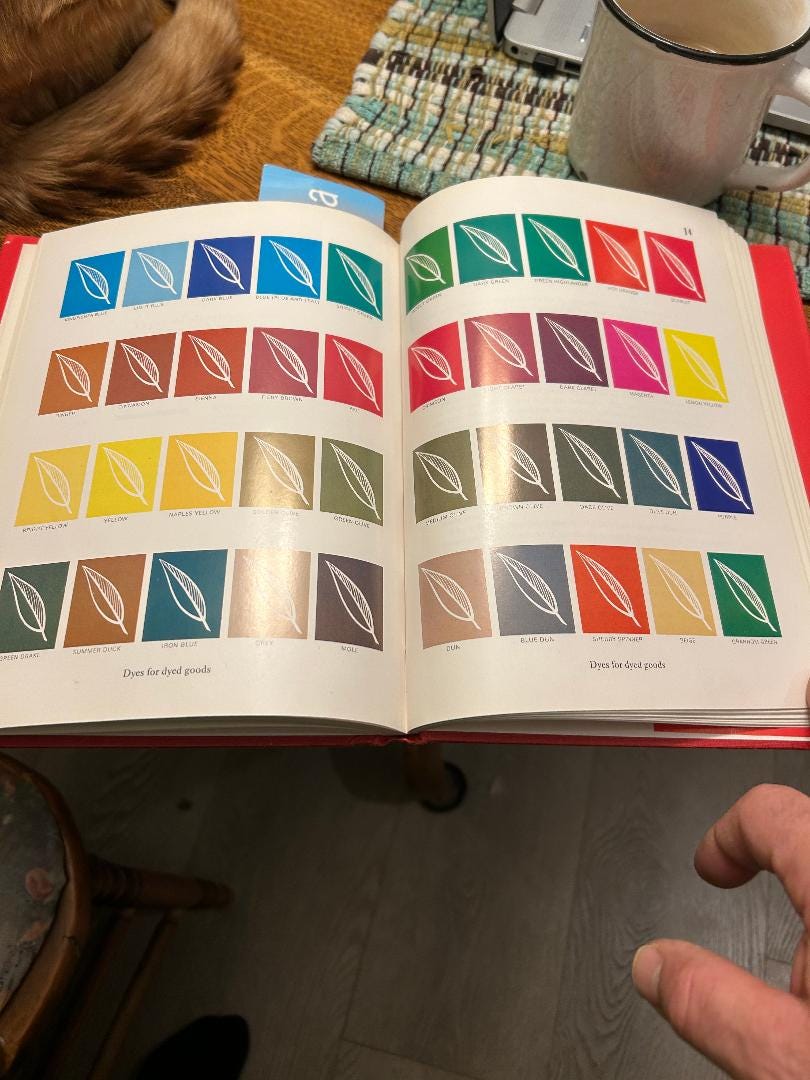Full disclsure: I’m a junkie when it comes to fly fishing and tying books. Much to my wife’s dismay, my collection holds somewhere near three hundred of these little treasures.
Have I read them all? The answer to that is an unequivical no. I’m guessing I have read somewhere around 30 per cent of them, thus far.
My goal is to read them all before I am too old to hold up a book or remember which page I am on. And time is certainly marching on in these parts. That’s why I recently struck Fly Dressing Materials by John Veniard off the to-do list.
Admittedly, this book, which was published in 1977, is a little long in the tooth. But it still has some great insights on fundamental things. And, if nothing else, it sheds historical light on where fly tying was at the time and how far we’ve come.
It also covers some bits and pieces that I’ve never seen in other books. How to build a fly tying station or a game bird pen, immediately come to mind.
At 144 pages, it’s not a difficult read, provided you don’t mind geeking out on things that most of your non-fly-tying friends would consider tranquilizing. As for myself, I found it interesting and useful enough to keep on my fly bench.
The two page colour plates on “dyes for dyed goods” is a reference I will frequently from here on in to gauge what colours some of my old unmarked feathers actually are. (Despite dozens of years of playing with these materials, I’m still horrible at that.)
There are also chapters on how to store your materials, what feathers and materials you ought to have for trout and salmon flies, varnishes and waxes, and dyeing, as well as insights on fluorescent materials and commonly used techniques such as tying in golden pheasant crests, doubling wet fly collars and stiffening dry fly hackles.
Beware though, all of this has a decidely English slant, complete with references from over the pond. Having said that, Veniard does give a nod to us North Americans too.
All in all, this is an interesting and useful book for the tyer who doesn’mind devling a little further than pattern recipes. If you ever see a copy at a used book store, in a collection sale, or on-line, it’s worth consideration.





